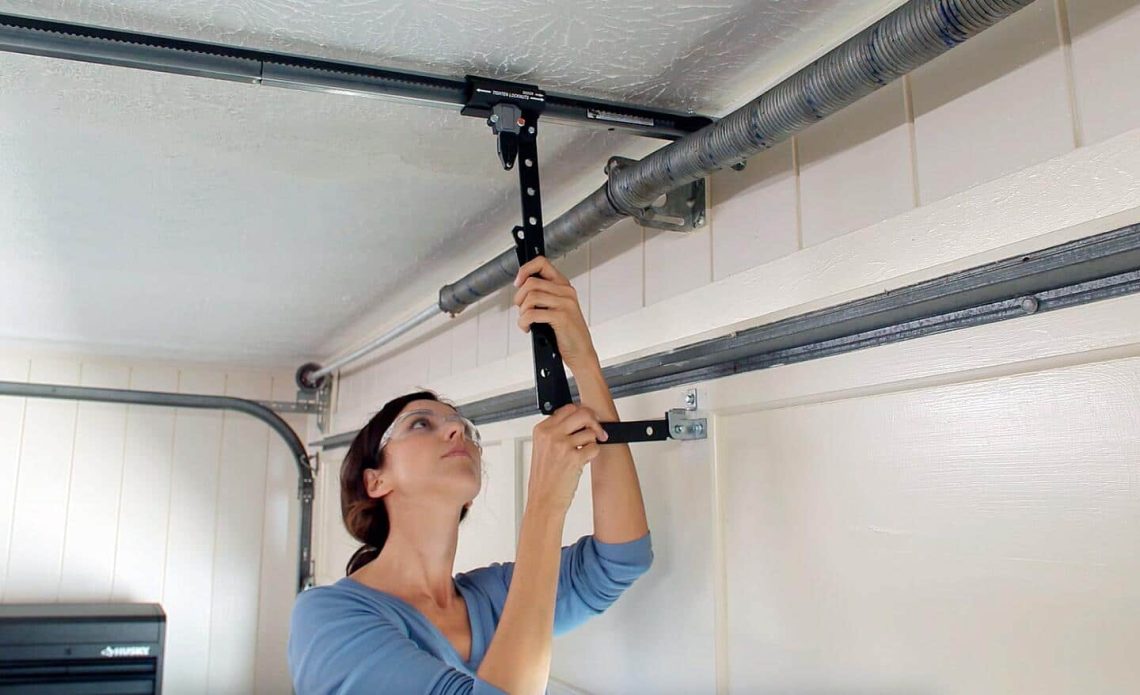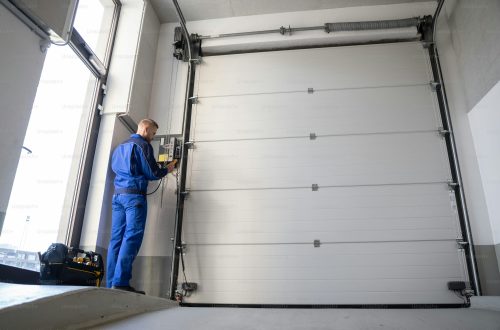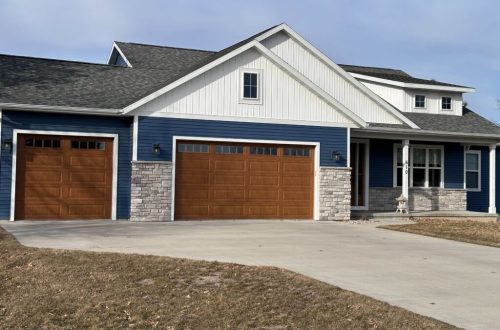Garage door openers have revolutionized the way we access our homes, offering convenience, security, and advanced features that cater to modern lifestyles. Whether you’re considering an upgrade or installing a new system, understanding the various types and features of Garage Door Openers is essential.
Understanding Garage Door Openers
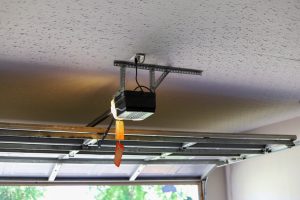 A garage door opener is a motorized device that automates the opening and closing of garage doors. These systems typically consist of a motor unit mounted on the ceiling, a track to guide the door, and a trolley connected to the door itself. Control mechanisms include wall-mounted switches, remote controls, and increasingly, smartphone apps. Modern openers often incorporate safety features like auto-reverse mechanisms and motion detectors to prevent accidents .
A garage door opener is a motorized device that automates the opening and closing of garage doors. These systems typically consist of a motor unit mounted on the ceiling, a track to guide the door, and a trolley connected to the door itself. Control mechanisms include wall-mounted switches, remote controls, and increasingly, smartphone apps. Modern openers often incorporate safety features like auto-reverse mechanisms and motion detectors to prevent accidents .
Types of Garage Door Openers
- Chain Drive Openers: Chain drive openers utilize a metal chain to move the door along its track.
Pros:
- Cost-effective and durable.
- Ideal for heavy or oversized doors.
Cons:
- Noisy operation, which may not be suitable for garages adjacent to living spaces.
- Belt Drive Openers: These openers use a steel-reinforced rubber belt, offering smoother and quieter operation.
Pros:
- Quieter than chain drives, making them suitable for attached garages.
- Require less maintenance.
Cons:
- Generally more expensive than chain drive models .
- Central Oregon Garage Door
- Screw Drive Openers: Screw drive systems operate by rotating a threaded steel rod to move the door.
Pros:
- Fewer moving parts, leading to potentially less maintenance.
Cons:
- Performance can be affected by temperature fluctuations.
- May not be ideal for heavier doors .
- Wall-Mounted (Jackshaft) Openers: Mounted on the wall beside the garage door, these openers free up ceiling space.
Pros:
- Space-saving design, ideal for garages with high ceilings or limited overhead space.
- Quiet operation.
Cons:
- Typically more expensive than traditional ceiling-mounted models .
- Central Oregon Garage Door
Key Features to Consider
Horsepower (HP)
The power of the motor affects the opener’s ability to lift the door:
- 1/3 HP: Suitable for lightweight, single-car garage doors.
- 1/2 HP: Common choice for standard doors.
- 3/4 HP and above: Ideal for heavier or oversized doors .
Smart Technology
Modern openers often feature Wi-Fi connectivity, allowing control via smartphone apps. Features may include:
- Remote opening and closing.
- Real-time alerts and monitoring.
- Integration with home automation systems .
Safety and Security
Essential safety features include:
- Auto-Reverse Mechanism: Stops and reverses the door if an object is detected.
- Rolling Code Technology: Changes the access code each time the remote is used, enhancing security.
- Battery Backup: Ensures operation during power outages .
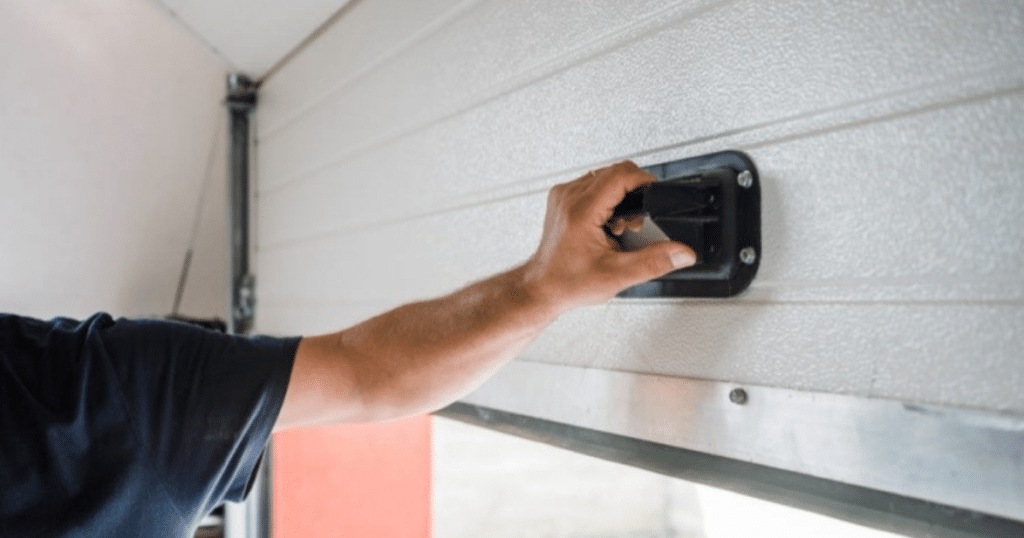
Maintenance Tips
Regular maintenance extends the lifespan of your garage door opener:
- Lubrication: Apply lubricant to moving parts to reduce friction.
- Inspection: Check for loose bolts, worn parts, and proper alignment.
- Testing Safety Features: Periodically test the auto-reverse mechanism to ensure functionality.
Selecting the right garage door opener involves considering factors like drive type, horsepower, smart features, and safety mechanisms. Understanding these elements ensures you choose a system that offers convenience, security, and longevity for your home.
